Would you like to learn some natural farming methods that are both beginner-friendly and cost-effective? Then, this guide is for you.
Whether working with a small backyard or planning a full-scale farm, natural farming allows you to grow healthy crops without harmful pesticides or back-breaking labor.
In short, these techniques are your tickets to a thriving farm without the complexities or costs of conventional agriculture.
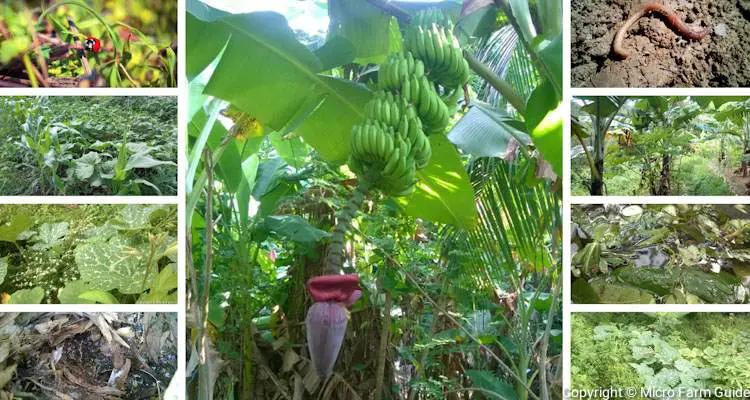
In this article, we’ll walk you through 7 effective natural farming methods that are perfect for newcomers and seasoned farmers alike.
But before we jump into the methods, let’s take a look at:
Why Natural Farming is Perfect for Beginners
There are many different Natural farming systems, some of which are much easier to master than others.
And while some of the philosophies can take years to truly understand, natural farming is still an excellent choice for beginners. Here’s why:
Simplicity
Natural farming methods are usually simpler and less demanding than conventional farming.
For instance, you can learn most of the principles and basic techniques within a week or two and have a thriving garden within a couple months.
You won’t need a degree in agriculture or expensive equipment to get started, making it:
Cost-Effective
Natural farming can save you a lot of money over time since, for the most part, you make use of locally sourced materials.
In fact, natural farmers avoid using expensive chemical fertilizers, pesticides, and heavy machinery.
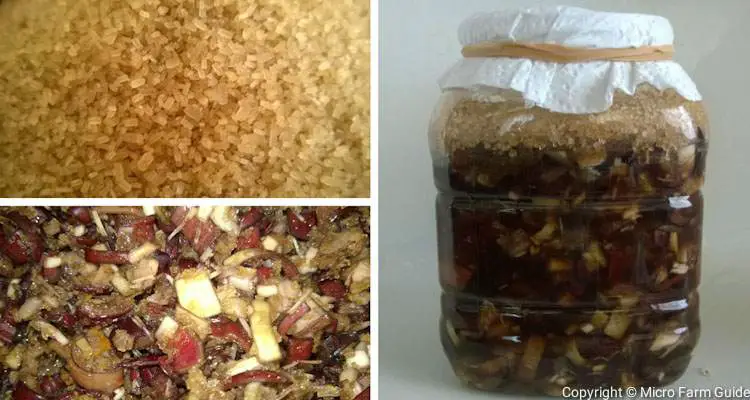
This is not only good for your budget but also ensures a:
Better Quality Of Life
By not using harsh chemicals, natural farming reduces the chance of food and water contamination.
This eco-friendly approach also protects wildlife and encourages biodiversity, benefiting everyone involved.
Now, with this in mind, let’s explore the first method in our list of natural farming techniques:
1. No-Till Farming
No-till farming is a technique for growing crops without disturbing the soil through plowing or tillage.
It protects habitats of soil creatures and microorganisms, whose activities help improve the soil structure over time.
It ensures that the hard work of these creatures remains intact, resulting in more fertile soil that is well-drained, retains moisture, and is better protected from erosion.
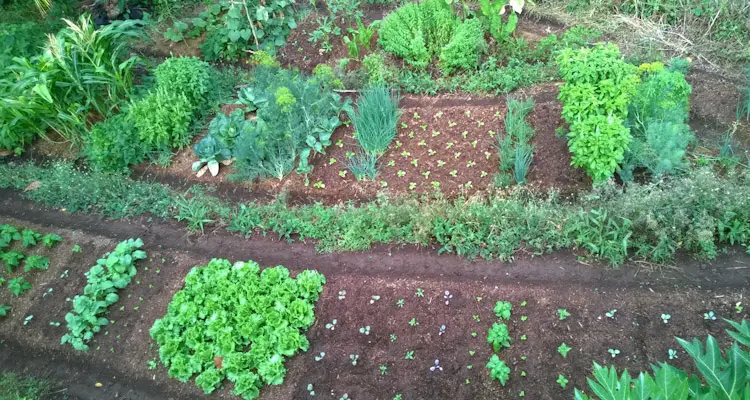
Best of all, we can achieve all these benefits without using heavy equipment or back-breaking work.
However, we can still assist in the process by creating suitable conditions through practices like:
2. Mulching
In natural farming, mulching covers the soil with organic materials such as leaves, trimmings, or compost.
By covering the soil with mulch, you can protect it from direct exposure to the elements.
This limits erosion, conserves moisture, and reduces the growth of weeds while protecting your plant roots from extreme temperatures.
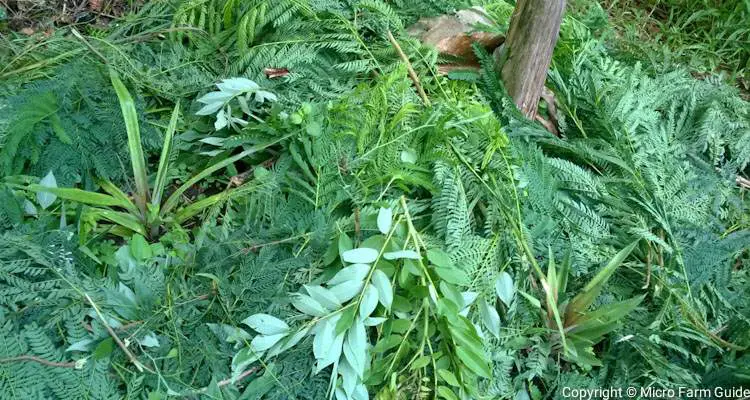
It’s a simple, effective way to keep your garden healthy, and you can source material from local arborists, trimmings from your garden, or compost.
However, if this seems like a hassle, you can consider:
3. Cover Cropping
Cover cropping is growing just about any plant primarily to cover and add nutrients to exposed soil.
Generally, you can grow crops like rye or clover between your cash crops, to help protect the soil from erosion, outcompete weeds, and help conserve water.
According to Mr. Masanubu Fukuoka, the father of natural farming, “If you mix seeds of clover, lucerne, barley, and vegetables in one field, then all weeds will die automatically.”
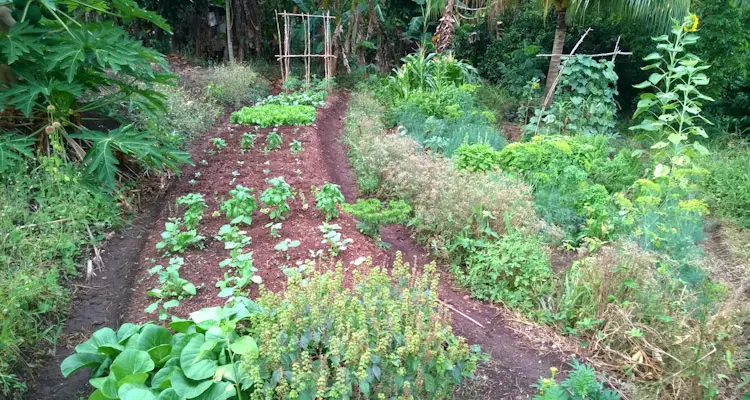
Of course, in the Fukuoka Method, these cover crops act as living mulch, and nothing much else needs to be done except harvest.
This is an excellent low or no-maintenance way to keep your soil fertile.
However, it is possible to cut and use cover crops as a mulch or as a source of organic material for:
4. Composting
Composting is the process of turning kitchen scraps, leaves, and other organic waste into nutrient-rich soil.
It is easy to learn and add to your daily life. If you can throw leftovers into a bin, you can start composting.
While there are some labor-intensive forms of composting, natural farmers rely on more passive methods such as chicken coop systems, compost pits, or simply burying the material in a hole.
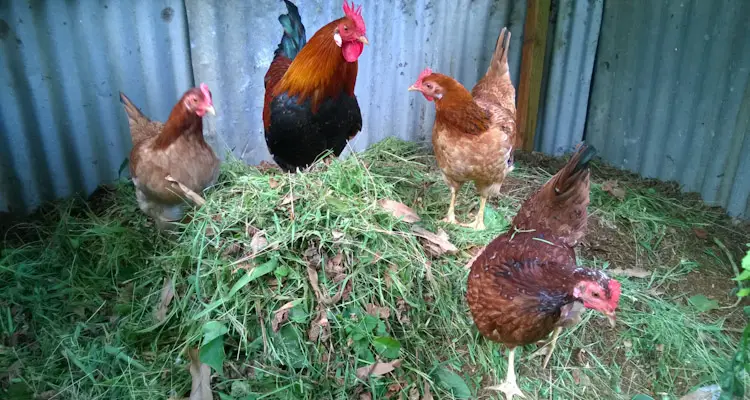
Remember, natural farming does not focus on the most efficient way of doing things, as Mr. Fukuoka points out, but allows nature to do as much of the work for us.
That said, some practitioners avoid composting altogether unless they have chickens and prefer to create nutrient-rich solutions and other:
5. Natural Fertilizers
Natural fertilizers like manure, fermented urine, and other nutrient extracts are packed with nutrients in a form that plants love.
They improve soil fertility by encouraging the activity of beneficial microorganisms in the soil, which also helps to protect the plants.
In short, these natural fertilizers help nourish the soil and even protect the environment without the downside of synthetic chemicals.
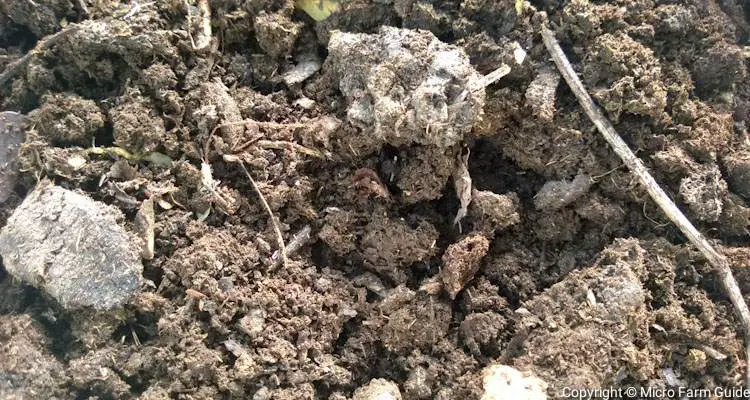
Best of all, they can be made on-site, using locally sourced materials, most of which you can find around the garden and animal stalls.
And in some cases, these natural fertilizers can also assist in:
6. Natural Pest Control
You can manage pests by using natural solutions such as fermented rabbit urine, an excellent fertilizer, or attracting beneficial insects.
Predatory insects like ladybugs and lacewings feed on aphids, mites, and other pests that can otherwise destroy our crops.
These insects can be your best friends in the garden if we do not mistakenly destroy them or their food source using harmful pesticides.
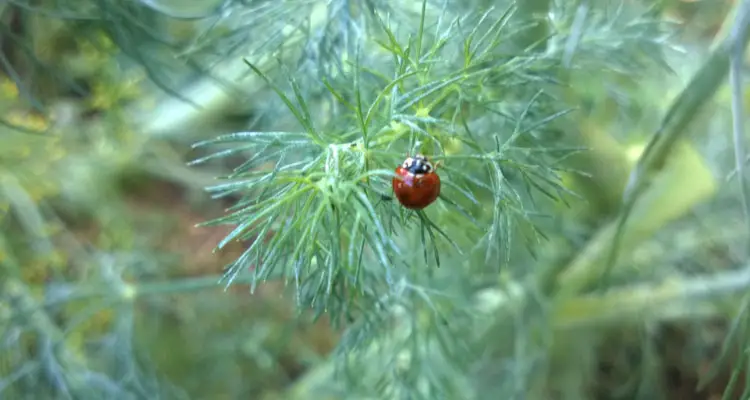
You can attract these helpers by planting specific flowers and herbs. They’ll keep those pesky pests in check without harming your plants.
However, to get the full benefits of this diverse approach, you should also consider:
7. Companion Planting
Companion planting is a method of growing groups of plants that mutually benefit each other.
For example, Dill and Basil are often planted with tomatoes since they keep hornworms away.
Of course, some of these benefits vary based on location and other planting conditions.
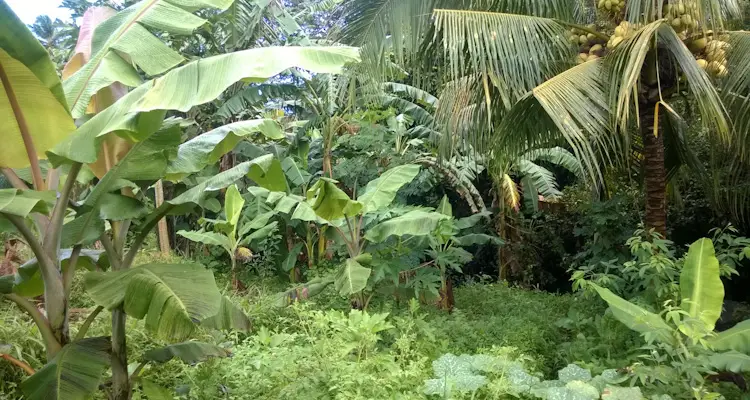
However, the benefit of biodiversity in general is clearly evident and well-documented.
This can be further enhanced by using native plants and a more detailed:
Understanding Of Natural Farming
Natural farming is a chemical-free alternative to traditional farming techniques.
In its original form, Natural Farming discourages weeding, pruning, plowing, tilling, and other labor-intensive tasks.
However, this “do-nothing” approach has been adjusted to assist newcomers and farmers transitioning to natural farming.
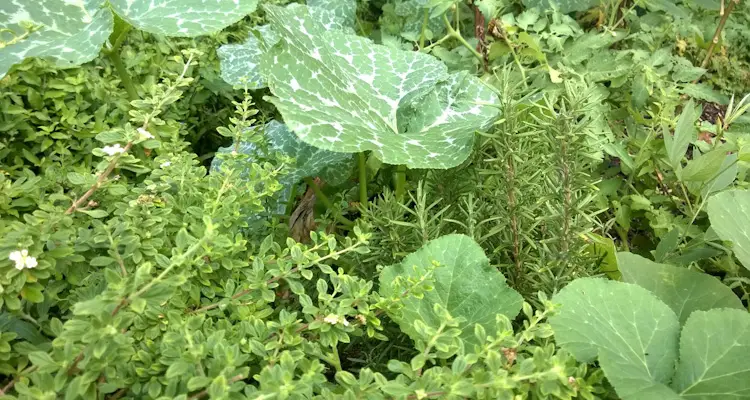
As a result, natural farming also uses many of the farming techniques that are common to other sustainable systems.
Final Thoughts
In this article, we’ve given you a head start on your natural farming journey.
From the simplicity of no-till farming to the harmony of biodiversity, we’ve covered it all.
By adopting these methods, not only can you enjoy the satisfaction of growing healthy crops, but also save yourself money and back-breaking work at the same time.
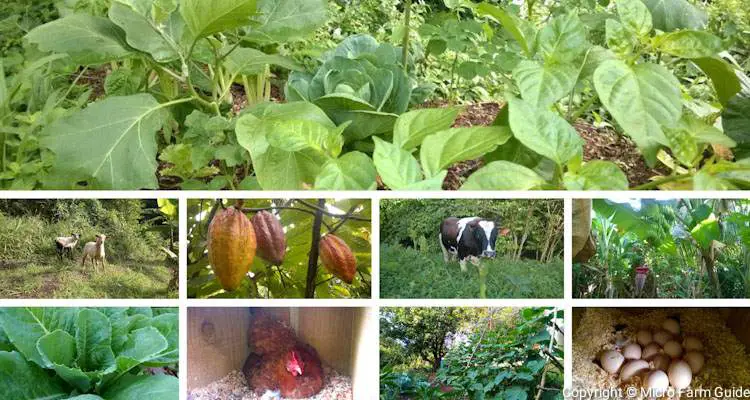
Now, it’s time to dive deeply into this fantastic farming technique by exploring our Natural Farming Page for more step-by-step guides, tips, and other resources.
Let’s start your natural farming journey today and sow the seeds of a sustainable future, one plant at a time.
Related Questions
1. Why is Natural farming better?
Natural farming is better since it improves soil biology, produces healthier crops, and reduces the costs to the farmer. Additionally, it’s simplicity makes it accessible to most farmers, regardless of their certification or experience.
2. What is the most efficient farming method?
Agroforestry is the most efficient farming method since it makes the best use of the land, providing an assortment of food, fuel, fiber, and lumber in one area, from as little as 3 months and continuously for over 30 years, requiring little maintenance, and can become self-sustaining over time.
3. What is the difference between organic and natural farming?
The main difference is that organic farming allows “safe chemicals” and moderate soil disturbances. In contrast, Natural Farming emphasizes no-tilling or plowing and using natural substances, solutions, and materials.
References
MDPI. Natural Farming Practices for Chemical-Free Agriculture: Implications for Crop Yield and Profitability. mdpi.com/2077-0472. Accessed September 2023
FAO. What are the environmental benefits of organic agriculture? fao.org/organicag. Accessed September 2023

